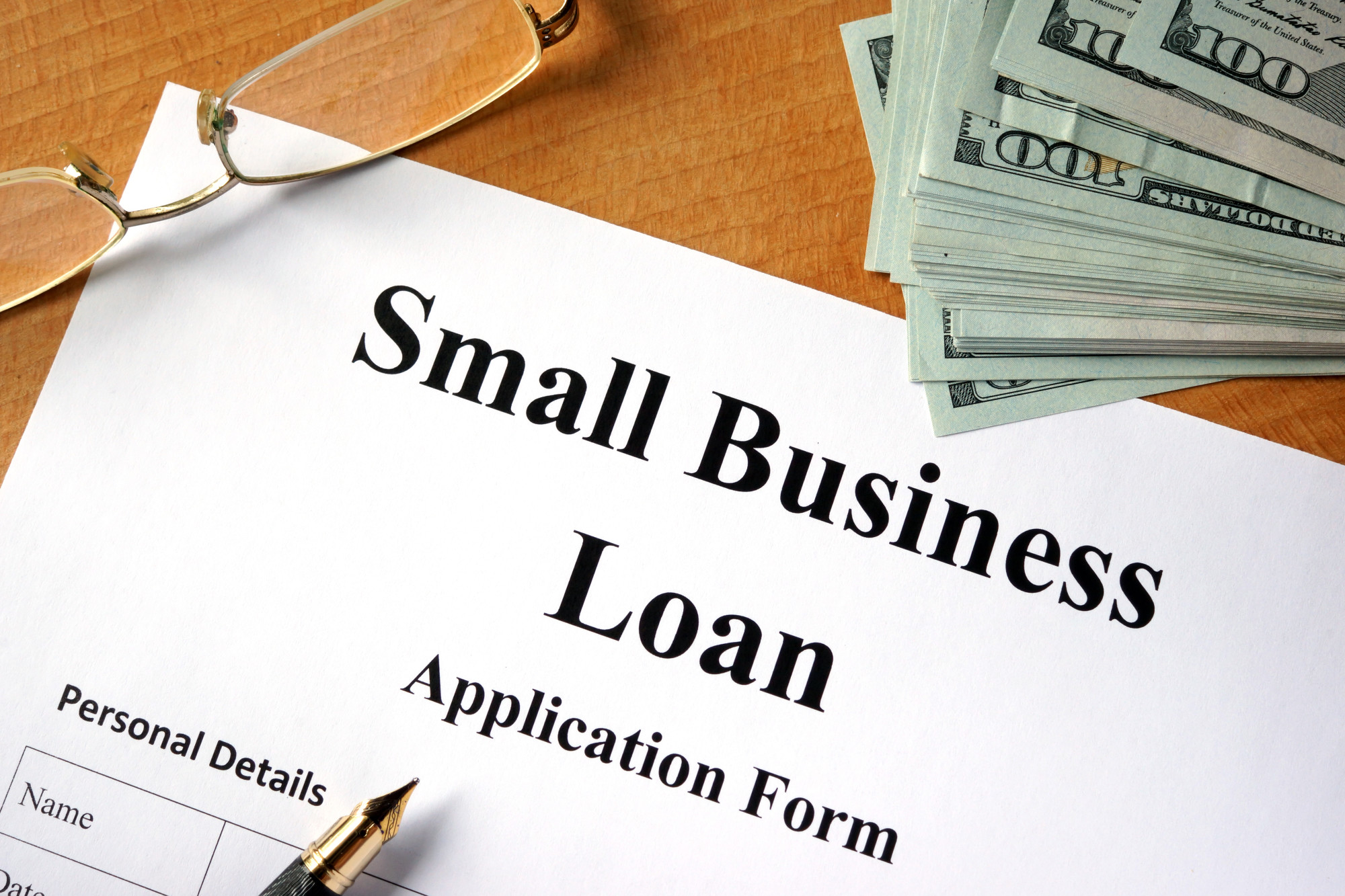Exploring Microloans: An Alternative Funding Option for Small Businesses

What Exactly Are Microloans?
Think of microloans as the "goldilocks" of business financing – not too big, not too small, but just right for many small business needs. These are small loans, typically ranging from $500 to $50,000, designed specifically for small businesses and startups that might not qualify for traditional bank loans.
The concept started as a way to help entrepreneurs in developing countries, but it's become incredibly popular in the United States as an alternative to conventional business lending.
Who Provides Microloans?
Unlike traditional bank loans that come from big financial institutions, microloans come from a variety of sources:
- Nonprofit Organizations: Many community development financial institutions (CDFIs) offer microloans as part of their mission to support local businesses.
- SBA Microloan Program: The Small Business Administration partners with nonprofit lenders to provide microloans with favorable terms.
- Online Lenders: Some fintech companies specialize in small business microloans with quick approval processes.
- Community Banks and Credit Unions: Local financial institutions often have microloan programs for their communities.
The Real Benefits of Microloans
- Easier Qualification: Traditional banks often won't bother with loans under $50,000 because the paperwork costs almost as much as the potential profit. Microlenders specialize in small amounts, so they've streamlined the process.
- Less Paperwork: While you still need basic financial documents, the application process is typically much simpler than traditional bank loans.
- Faster Approval: Many microloans can be approved in days or weeks rather than months.
- Flexible Use: Most microloans can be used for working capital, equipment, inventory, or other business needs.
- Relationship Building: Microlenders often provide mentoring and business support along with funding, helping you succeed beyond just providing money.
What Can You Actually Do with a Microloan?
The choices are more extensive than you might expect:
- A food truck owner might use $20,000 to buy a new generator and upgrade kitchen equipment. A retail store could use $15,000 to stock up for the holiday season. A service business might use $10,000 to purchase software licenses and a new computer system.
- One of the beautiful things about microloans is their flexibility. Unlike equipment loans that must be used for specific purchases, most microloans give you the freedom to use funds where your business needs them most.
The Flip Side: What to Watch Out For
- Higher Interest Rates: Microloans typically come with higher interest rates than traditional bank loans – often between 6% and 13% for SBA microloans, and higher for some online lenders.
- Shorter Terms: Most microloans have repayment terms of 6 years or less, meaning higher monthly payments than longer-term loans.
- Smaller Amounts: By definition, you're limited in how much you can borrow. If you need $100,000, a microloan is not the answer.
- Personal Guarantees: Many microlenders still require personal guarantees, meaning your personal assets could be at risk.
Who Should Consider Microloans?
Microloans work best for:
- New businesses that don't have extensive financial history
- Businesses with lower credit scores that might not qualify for traditional loans
- Entrepreneurs who need smaller amounts for specific purposes
- Business owners who value speed over the lowest possible interest rate
- Those who want mentoring along with funding
How to Apply Successfully
- Get Your Finances in Order: Even though requirements are more flexible, you still need basic financial statements and tax returns.
- Write a Clear Business Plan: Explain exactly how you'll use the money and how it will help your business grow.
- Research Lenders: Different microlenders have different specialties. Some focus on specific industries, demographics, or geographic areas.
- Prepare for Personal Involvement: Many microlenders want to meet you in person or have extensive phone conversations. They're investing in you as much as your business.
Real-World Success Stories
Consider Maria, who used a $12,000 microloan to buy a commercial oven for her home-based catering business. Within six months, the increased capacity allowed her to take on larger events, and she'd earned back the loan amount.
Or James, who used $8,000 to create an online ordering system for his pizza shop. The convenience boost increased orders by 40%, and the loan was paid off in under two years.
Making the Decision
Microloans are not appropriate for every case, but they are ideal for many. If you need a relatively small amount of money, want a simplified application process, and can handle slightly higher interest rates in exchange for faster funding, microloans might be exactly what your business needs.
The key is being realistic about your needs and honest about your ability to repay. Microloans offer a fantastic opportunity to grow your business without the heavyweight requirements of traditional lending – but like any debt, they need to be managed responsibly.
Your Next Steps
Start by identifying exactly what you need funding for and how much it will cost. Then research microlenders in your area or industry. Many offer free consultations where you can discuss your needs and learn about their specific requirements.
Remember, the goal isn't just to get approved for a loan – it's to get the right loan that helps your business thrive. Sometimes, that perfect fit comes in a smaller package.